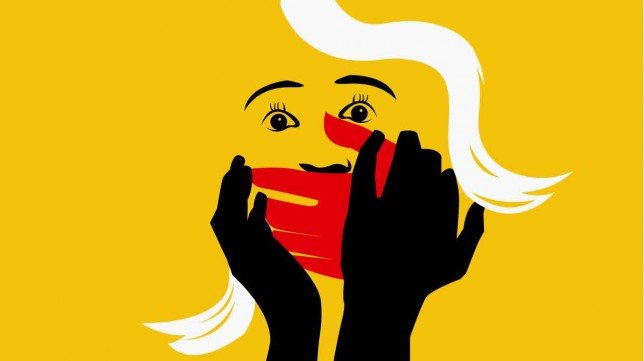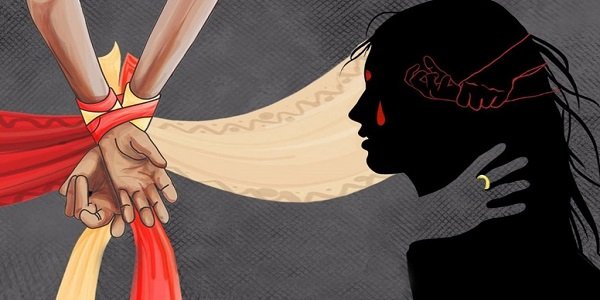Domestic violence is not just a personal issue; it’s a significant human rights concern and a barrier to development. Recognizing this, the Protection of Women from Domestic Violence Act, 2005 (PWDVA), was introduced to provide comprehensive protection for women in India. Let’s delve into the purpose, need, and features of this crucial legislation.

Why Was This Law Needed?
Before the PWDVA, legal recourse for women facing domestic violence was limited. Existing criminal laws like Section 498A of the Indian Penal Code (IPC), now Section 85 BharatiyaNyayaSanhita (BNS) 2023 , which deals with cruelty by the husband or his relatives, and Section 304B IPC, now section 80 BNS, 2023 , concerning dowry deaths, did not offer immediate relief or comprehensive support to victims.
There was a clear gap: while criminal laws could punish offenders, they couldn’t provide immediate and practical assistance to victims. The PWDVA was designed to fill this gap by offering civil remedies like secure housing, monetary relief, and protection orders to ensure the victim’s safety and well-being.

Purpose and Rationale
The rationale behind the Act is succinctly captured in its Statement of Objects and Reasons. It acknowledges domestic violence as a serious human rights issue and aligns with international accords like the Vienna Accord of 1994 and the Beijing Declaration and Platform for Action (1995). The United Nations Committee on the Convention on Elimination of All Forms of Discrimination Against Women (CEDAW) has also emphasized the need for state intervention in protecting women from violence, especially within the family.
The statement highlights the Act’s intent to uphold the rights guaranteed under Articles 14, 15, and 21 of the Indian Constitution. These articles ensure equality before the law, prohibit discrimination, and protect life and personal liberty, respectively.
Key Features of the PWDVA
The PWDVA aims to create a protective and supportive environment for victims of domestic violence. Here are some of its key features:
A Quasi-Criminal Nature
While the PWDVA is a civil law, its procedures are guided by the Code of Criminal Procedure, 1973. This gives the Act a quasi-criminal nature, combining the strengths of civil remedies with the procedural rigor of criminal law to offer effective and immediate relief to victims.

Who is Protected?
The Act covers women who are or have been in a relationship with the abuser, living together in a shared household. This includes relationships by consanguinity (blood relations), marriage, or adoption. Importantly, it also extends protection to sisters, widows, mothers, single women, and those in relationships in the nature of marriage i.e. ( live-in relationships ).
Further the act also extends protection to children under the age of 18, regardless of their gender.
What Constitutes Domestic Violence?
Domestic violence, as defined by the Act, includes physical, sexual, verbal, emotional, and economic abuse. Even threats of such abuse are covered. Harassment related to unlawful dowry demands also falls under this definition, ensuring a broad spectrum of abusive behaviors are addressed.
Conclusion
The Protection of Women from Domestic Violence Act, 2005, is a landmark piece of legislation that underscores the importance of a violence-free home for women. By providing immediate and comprehensive support, the Act empowers women to seek justice and live with dignity and security. Understanding and utilizing the provisions of this Act can be a crucial step in combating domestic violence and supporting those affected by it.
By spreading awareness and knowledge about such laws, we can contribute to creating a safer and more just society for everyone.

